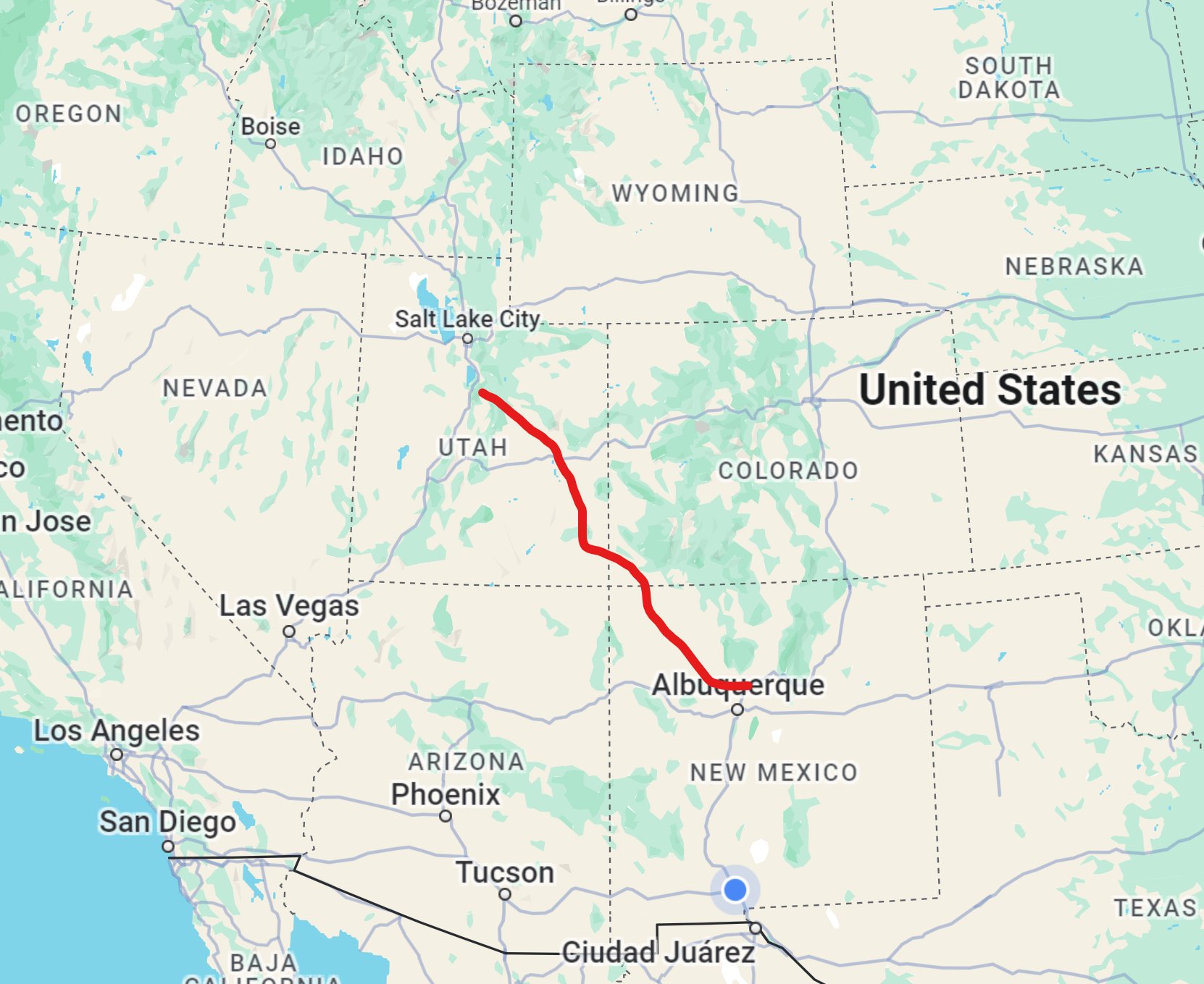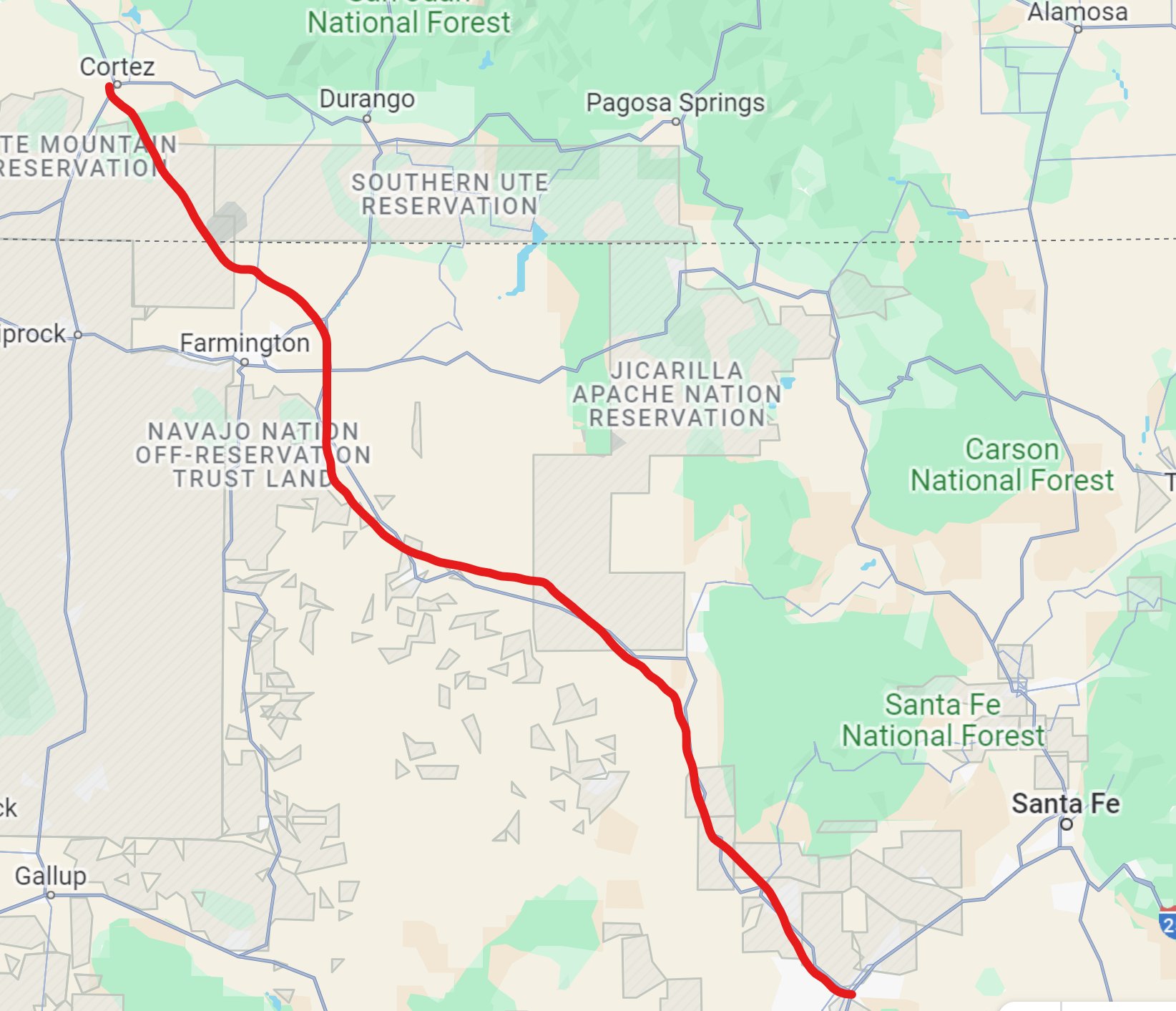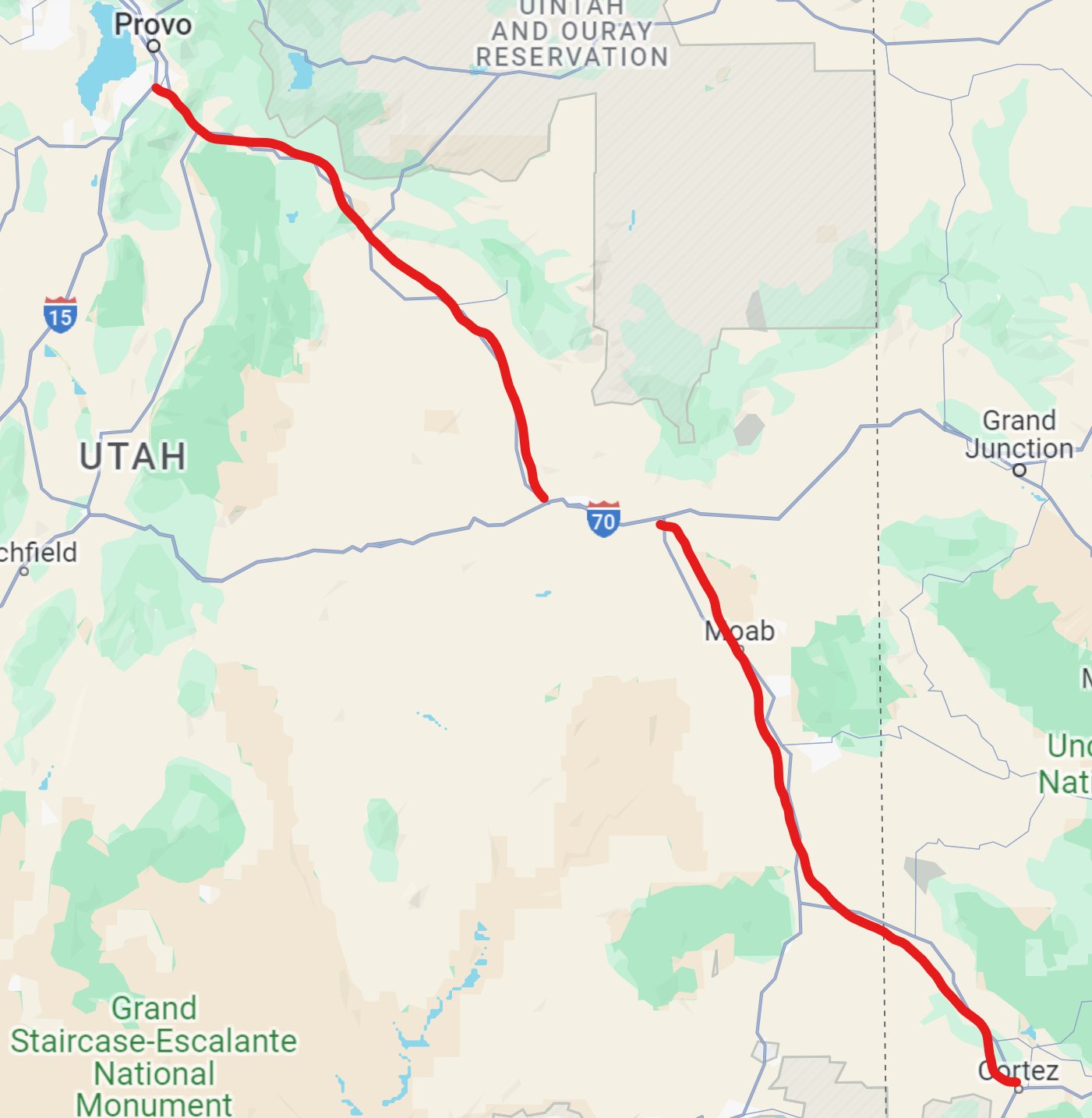Does The US Need More Interstates? Maybe, Maybe Not.
A video I recently came across at YouTube had some interesting food for thought. While we’re switching out most cars for EVs in the next decade or two, we still have to live with the fact that they’re otherwise still cars. Cars need roads to drive on, and in many places, roads are either congested or over capacity.
The induced demand argument (which is far from perfect) says that building more lanes and more freeways in cities might not work out. But, it’s hard to argue that a two-lane road with increasing accidents in a rural area is going to suffer the same fate should it be upgraded. So, we’re really dealing with two different arguments.
The original interstate system was planned out in the 1950s, not that long after World War II proved the value of the Autobahn. But, since then, the invention of decent air conditioning and people seeking more comfortable winters has led to a lot of movement south and west in the United States. The East has a lot of north-south and diagonal freeways connecting major cities, but out West, things are still pretty sparse.
With all of the population growth that has happened, especially in the West, there’s definitely some need for more interstate highways. One north-south route that’s under development is Interstate 11, which will connect Phoenix and Tucson with Las Vegas and then Reno. Part of the interstate is complete near Henderson, Nevada, and the bridge next to Hoover Dam is already built to interstate specifications. Most of the rest of the route will be upgrades to existing US highways, but some new segments will be needed.
My Proposal for Interstate 23 & Maybe Interstate 21
I don’t know enough about the eastern United States to judge whether the YouTuber was right about his proposed routes, but I do know that US-6 from Green River, Utah, to Spanish Fork is badly in need of some upgrades. But, it really needs to be part of a larger Interstate 23 project that improves driving safety from Albuquerque to Salt Lake City. I’d personally route it roughly here:

As the video points out, adding a route is usually about a lot more than just the two places it connects. Places past the ends of the route also benefit from the connection. This route would not only serve ABQ-SLC traffic, but it would also help traffic coming from El Paso, other parts of Texas, Idaho, Oregon, and Washington. Traffic between Denver and Salt Lake would also be a lot safer. Connecting I-40, I-25, I-70, I-15, I-80, and I-84 more efficiently and safely would help anyone passing through the whole region.
Like I-11, it would mostly need to just be upgrades to existing routes, like US-550 in New Mexico and Colorado:

The rest of the route would largely follow the old US-666 (now 491) and US-191, then US-6:

It may also be a good idea to either extend I-17 to connect with I-23, or build a new I-21 across the Navajo Nation to add Phoenix to the list of places served by this route, better connect Arizona and Utah, and help with economic development of the Navajo and Hopi nations.
Why This Idea Might Suck
Before all of the anti-freeway and anti-car urbanists leap into the comments to tell me what an idiot I am for this proposal, I want to admit that I only brought it up so that I could use it as an example of why we might not actually want more interstates. My familiarity with this route also makes me familiar with all of the things that are wrong with it, even if it looks good on paper.
Upgrading the highway from Bernalillo, NM (just north of Albuquerque), to the Farmington area wouldn’t be a big deal, as there are already four-lane segments along some of it and it could be upgraded without too much trouble along the rest of it. Only two small towns would have to be bypassed.
But, after that, things get sketchy quick. The highway becomes a normal city street in odd terrain in Bloomfield and Aztec, and after that, it would likely need to be a completely new route that cuts across the Southern Ute or Ute Mountain reservation. That, of course would mean needing to coordinate with them and make sure it doesn’t cause them any problems, along with seemingly endless environmental and cultural impact studies.
Upgrading the highway from Cortez, Colorado, to Monticello, Utah, would mean using an existing corridor, but north of Monticello there are many places where there’s simply not room for a second parallel roadway needed to make it an interstate. The area near Wilson Arch and Hole ‘N The Rock would be particularly challenging.

There’s really no way at all to get an interstate through the town of Moab. The highway currently becomes Main Street. So, you’d have to bypass that town. And the town is surrounded on all sides by national parks (Canyonlands, Arches), state parks (Dead Horse Point, Utah Raptor), and some of the most famous 4×4 and mountain biking trails in the world. Nobody’s going to be cool with bulldozing any of that to put a freeway in (especially me!).

So, the only remaining option would be to bypass the area entirely, keeping the highway on the other side of the La Sal mountains where there are presently no roads and very rugged terrain. The connection with I-70 would need to happen somewhere near Cisco, Utah. Worse, the end result would probably be as big of an engineering challenge as I-70 was further west.
There’s also the issue of putting EV charging on that route, as there’s already no electricity on big chunks of that route.
A Flagstaff connection (I-21) would face similar challenges, as nobody wants an interstate highway to pass through places like Monument Valley. Crossing the Navajo Nation could be good for the economy there, but it would no doubt mean a lot of cultural and environmental issues that need to be resolved.
If the process for both of these highways were started today, we’d probably see something built around 2045-2050 at the earliest. By then, even these roads would probably become busy quickly by releasing a bunch of pent up demand (not to be confused with induced demand, which didn’t exist prior to construction). So, by the time we get it done, decades of additional growth would probably mean these roads don’t become the time savers or safety improvements we had hoped when we got started.
 Chip in a few dollars a month to help support independent cleantech coverage that helps to accelerate the cleantech revolution!
Chip in a few dollars a month to help support independent cleantech coverage that helps to accelerate the cleantech revolution!
Cities Need Even More Efficient Connections
I love road trips, but there will come a point where we’d wreck the crown jewels of rural America building increasingly efficient highway connections between major metro areas. We can’t pave paradise to put up the proverbial parking lot. Instead, we need to reserve these existing rural two-lane road connections for people visiting places between the cities and then think about better ways to move people and goods that are only moving from city to city. Electric trains are probably our best bet for that.
I’d still take the roads myself, because I can’t stand being treated like livestock and the inevitable nude scanning devices that such trains would end up with after some jerk blows up a train because their politics or religion demanded it. But, for many people who aren’t visiting places like national parks and biking trails, trains are probably the better choice in the long run.
Featured image from Wikimedia Maps, Open Street Maps base layer.
Have a tip for CleanTechnica? Want to advertise? Want to suggest a guest for our CleanTech Talk podcast? Contact us here.
Latest CleanTechnica.TV Video

CleanTechnica uses affiliate links. See our policy here.

